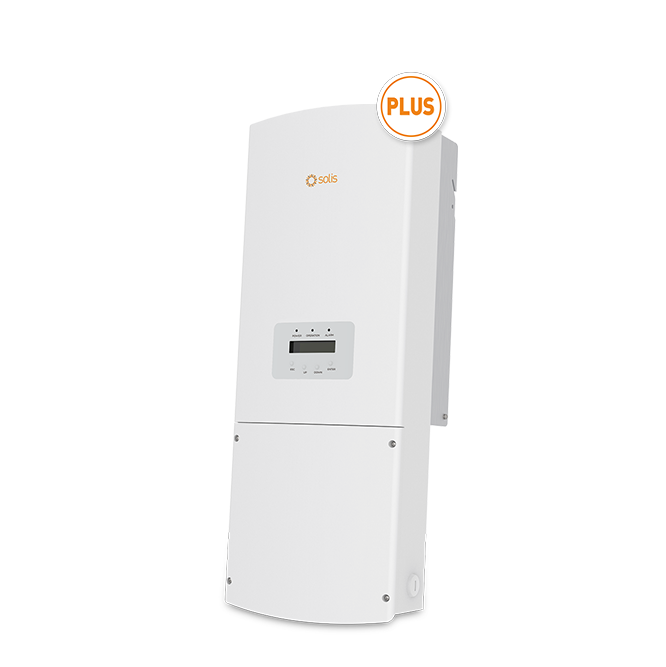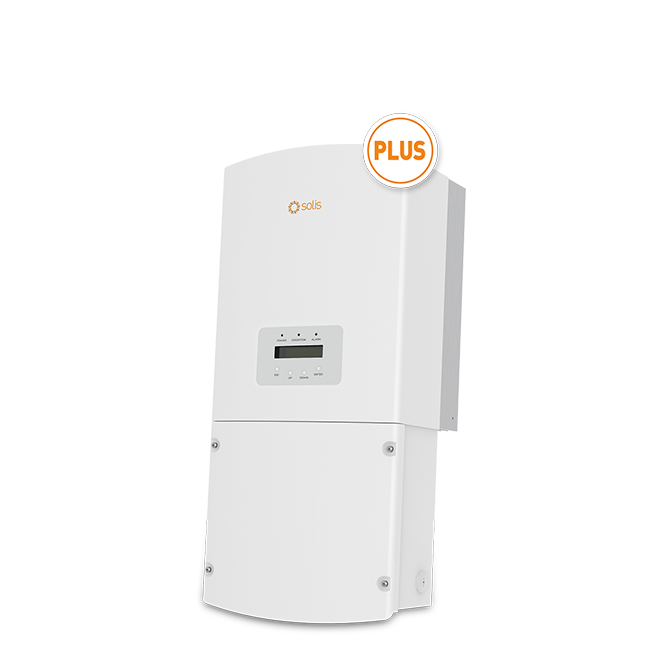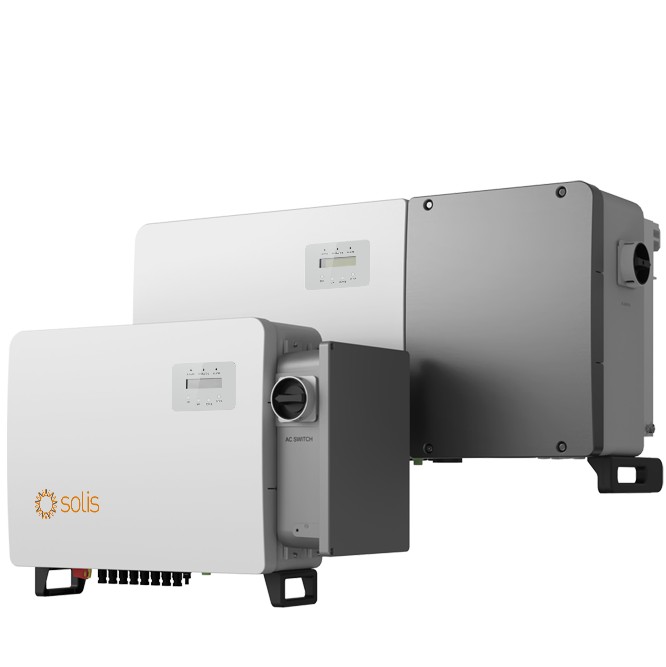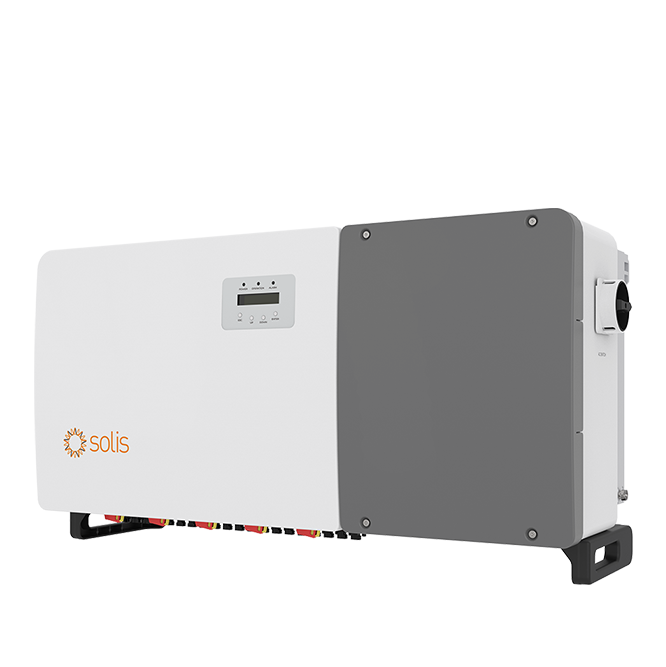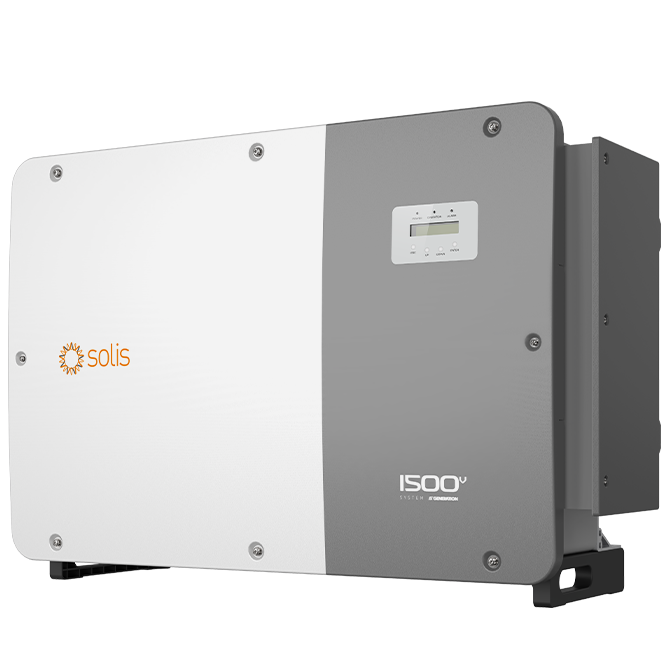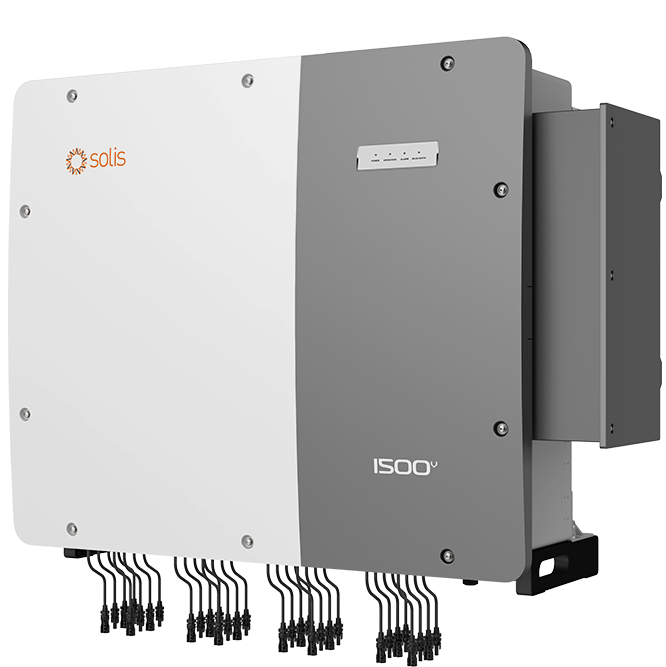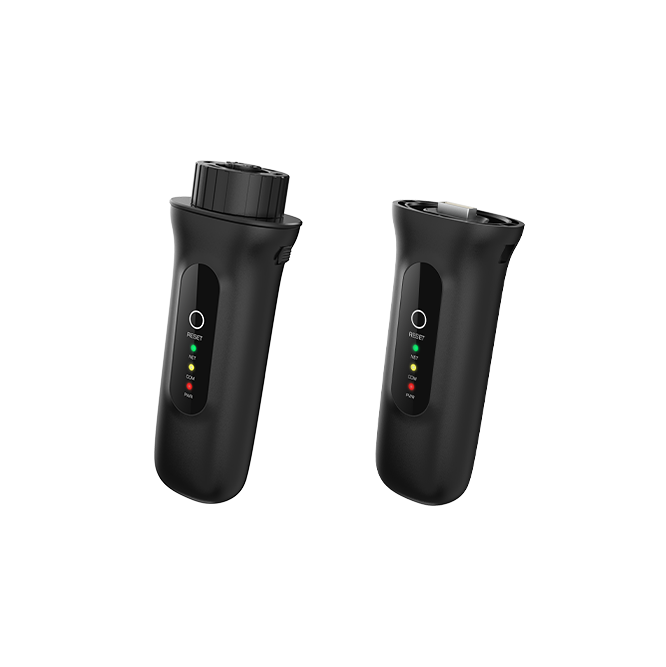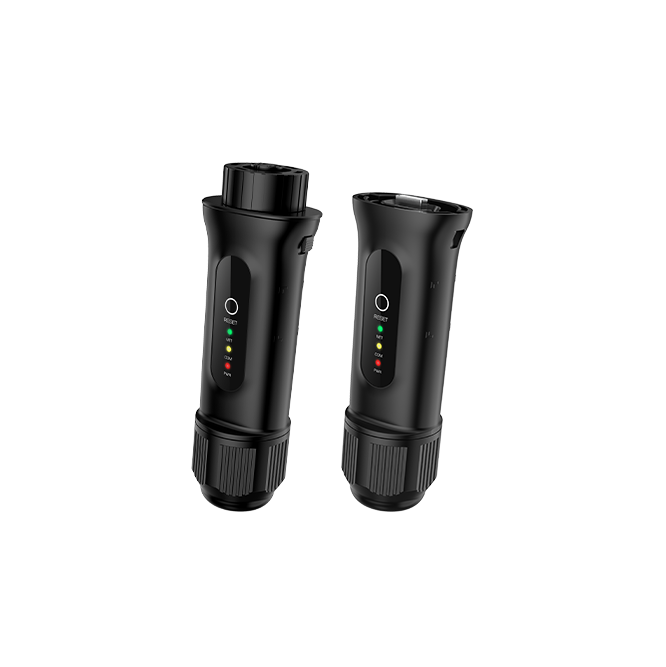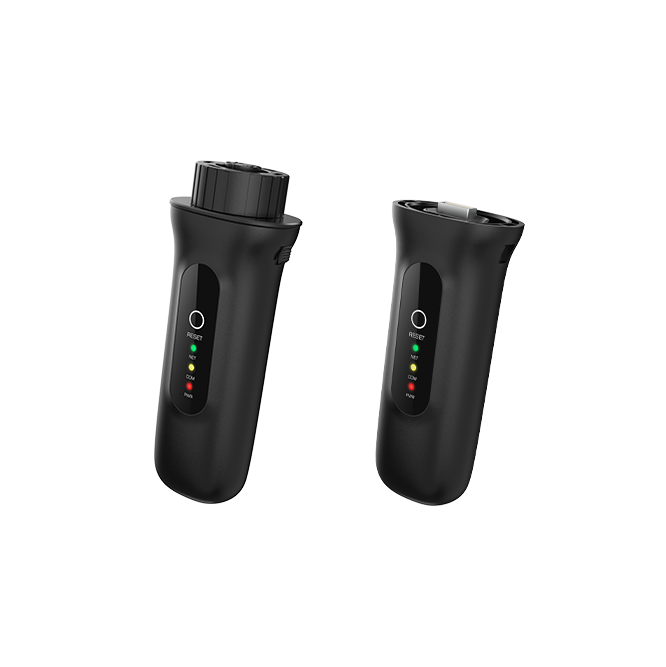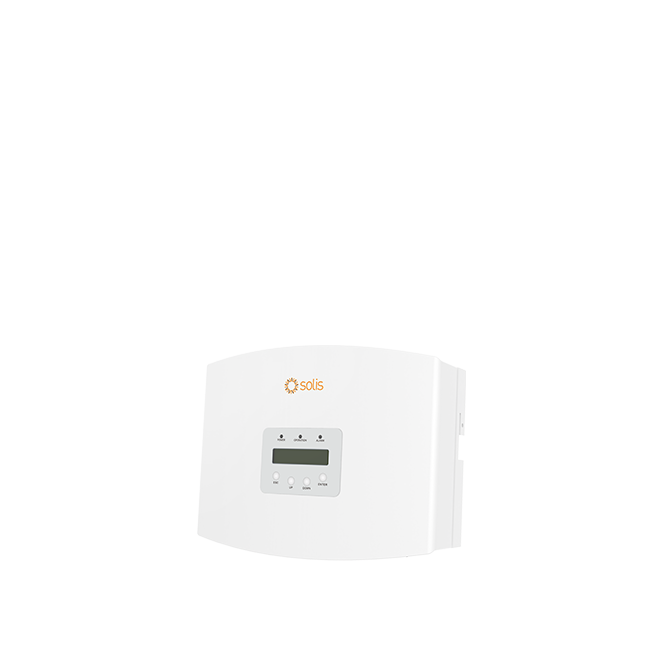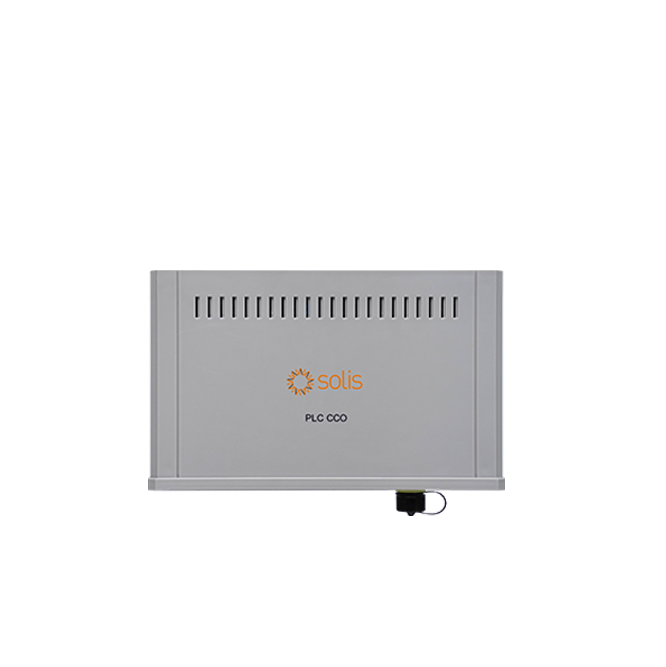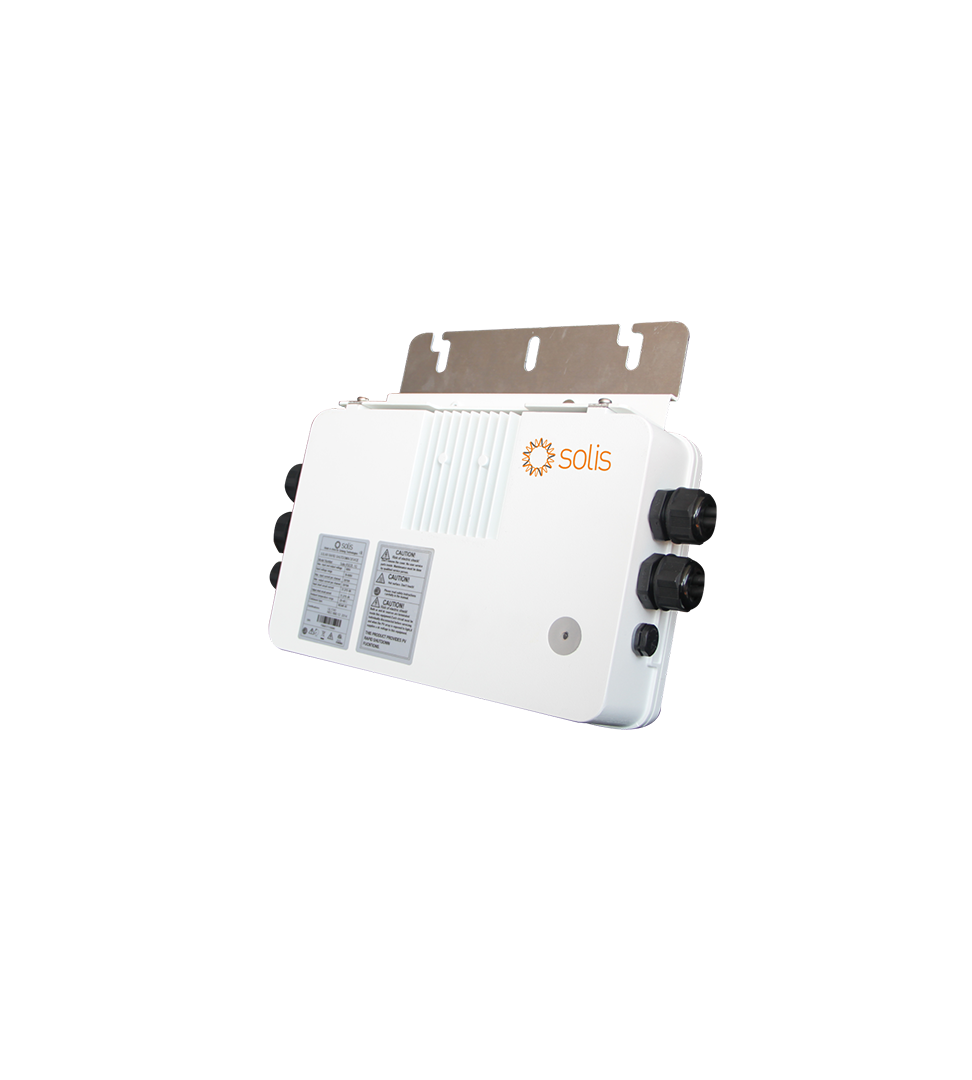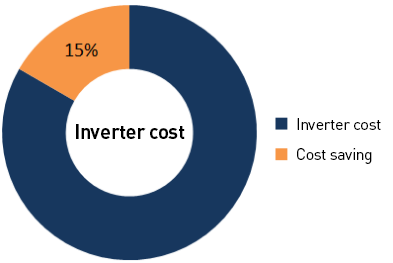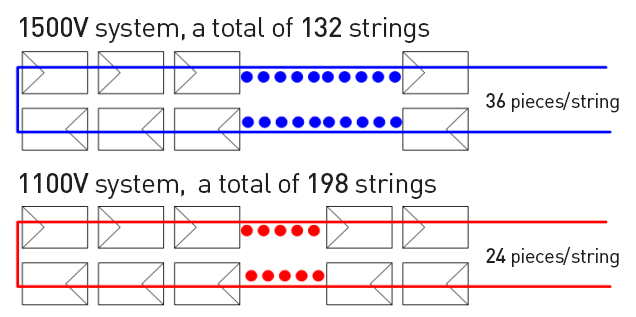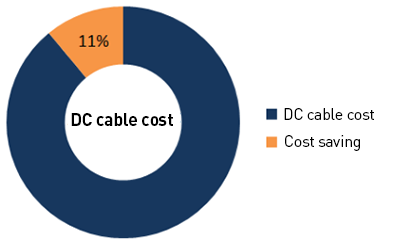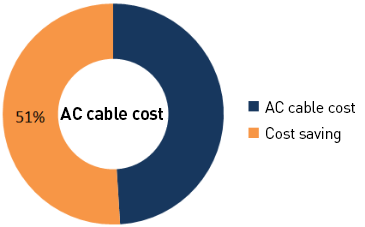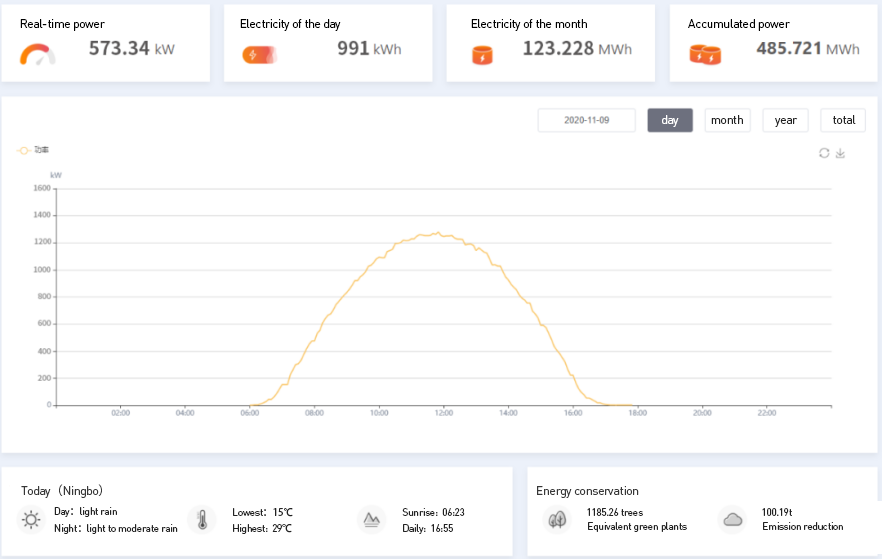'For a long time, distributed solar pv plants have been an important part of the clean energy mix. Most solar projects are 1100V and 1000V, but with the adjustment of policies across the globe, grid parity, cost reduction and efficiency increase have become the primary considerations of developers of distributed power stations. Under this new green power ecology, the 1500V system is gradually becoming the mainstream in large-scale projects such as ground power stations. With its high-voltage array, low line loss, high efficiency, high power density, and easy installation and maintenance a 1500V system is a logical choice.
So, can C&I rooftop power projects that occupy an important position in distributed power stations also use 1500V systems? In this seminar, we will share with you the application challenges of the 1500V system in C&I projects with an actual green power project on the grid at a competitive price.
Project Overview
In order to actively respond to the national energy-saving and emission-reduction strategy and reduce the company's electricity expenses, Hai Dexin Automotive Appliances, in China , chose Solis for a PV solar power system on the company's production site and office building roofs.
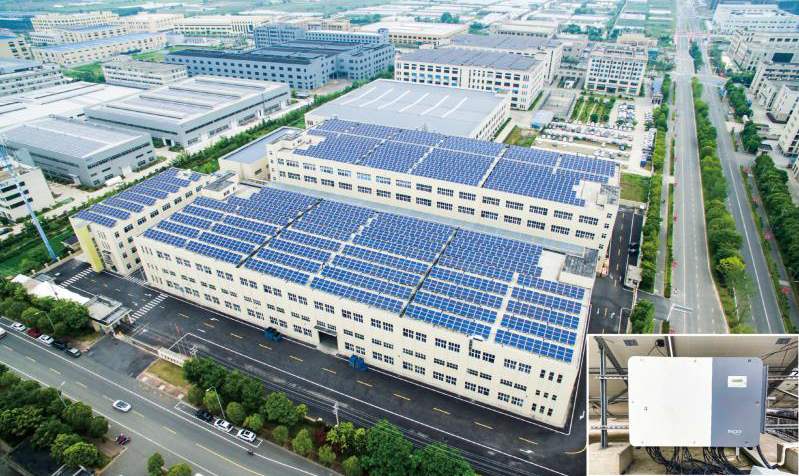
Hai Dexin Rooftop C&I Project
Through the preliminary survey of the site by the designers, it was determined that the overall capacity could reach 1.5MW. According to the comprehensive analysis of the project capacity and the company's current power supply and consumption, the Power Supply Bureau recommended that the solar installation adopt a 10kV high-voltage grid-connected system, and classify it as a self-generated and self-use surplus electricity project, and issue a project grid connection report.
Plan & Design Comparison
The project is high-voltage grid-connected, and the roof environment is good, the space is large, and the orientation is single. The project capacity is expected to reach 1.5MW. In summary, all the conditions are suitable for Solis high-power inverter solutions. Therefore, for the successful implementation of the project, the Solis design team has given two sets of solutions.
Option One
Solis 1500V, 230K high power solution
Option Two
Solis 1100V, 100K conventional solution
The following is a comparison and analysis of the above two solutions to determine which is more suitable for this project
Transformer cost
The project is a 10kV high-voltage grid-connected project with the same capacity. The transformer cost caused by the low-voltage side 0.8kV and 0.4kV voltage levels is not much different.
Inverter cost
In the case of the same power station capacity of 1.5MW and the same use of Solis inverters, solution 1 230K requires 5 units; solution 2 100K requires 12 units.
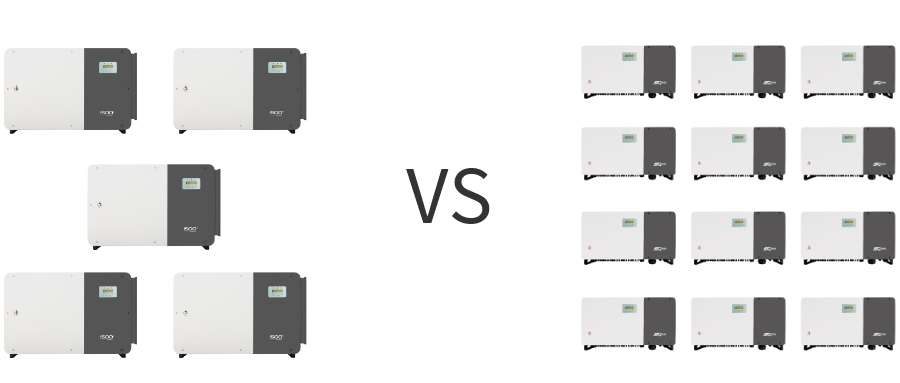
Comparison of the number of inverters
We calculated the total cost of inverters, and in the case of a 58% reduction in the total number of inverters in Option 1, the cost saving can be as much as 15%.
DC cable cost
As shown in the figure above, option one requires 132 strings, and option two requires 198 strings
Considering the cabling optimization situation of the two schemes and the difference in cable prices. Option one- when the number of strings is reduced by 33% - calculates that the DC cable cost of the project can be 11% lower.
AC cable cost
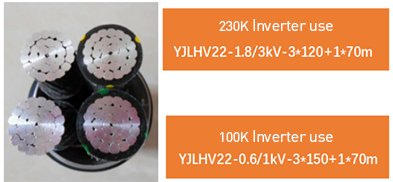
AC side comparison
Both options can use aluminum alloy cables. The optimization of the wiring of the two options and the difference in cable prices, choosing option one can reduce the diameter of the AC cable and reduce the consumption. It is calculated that the cost of the AC cable of this project can be reduced by more than 50%.
Summary: Option 1 is a Better Solution Than Option 2
In summary, for this project, the designers decided to use the 1500V high-power solution composed of Solis 230kW inverters, which can save 2.5% in equipment costs.
Power Plant Operation
Since the power plant was connected to the grid in August 2020, the cumulative power generation has been 481.828MWh in just three months This is equivalent to reducing 192.73 tons of standard coal consumption and 480.38 tons of CO2 emissions.
Summary
It can be seen from the above screen shot from the Solis Cloud monitoring platformthat if the power project has the following characteristics, a 1500V high-power solution should be considered:
1) The project has good resource conditions, large space and orientation consistency
2) The project requires high voltage grid side connection
3) Large project capacity
4) Professional design, construction, operation and maintenance teams can provide a complete set of reliable and safe systems and services
Of course, the 1100V conventional solution is the still the first choice for more than 90% of C&I pv projects, and its important position in the market will continue. In the future, the C&I markets will have 1500V high-power solutions and 1100V conventional solutions will coexist and develop alongside each other.
In short, pv plants should be designed and developed to meet the needs of local conditions and specific projects based on application scenarios. Then we need to choose the most suitable solution to better utilize the potential of the power plant resources.
As a leading manufacturer of a full range of solar pv inverters, a global smart pv solution service provider, and awarded the "Top Ten Distributed Inverter Suppliers", Solis, will work with its customers to provide the right solution. In addition to providing 1500V high-power solutions, we provide a variety of 1100V conventional solutions to meet the application needs of different customers in different scenarios, and provide customers with the most valuable services.

 中国
中国
 India
India
 Việt nam
Việt nam
 Australia
Australia
 대한민국
대한민국
 پاکستان
پاکستان
 ประเทศไทย
ประเทศไทย
Filipino
 Malaysia
Malaysia
 Bangladesh
Bangladesh
 Sri Lanka
Sri Lanka
 Indonesia
Indonesia
 Узбекистан
Узбекистан
 Ireland
Ireland
 Česká republika
Česká republika
 Türkiye
Türkiye
 United Kingdom
United Kingdom
 France
France
 Deutschland
Deutschland
 Nederland
Nederland
 España
España
 Sverige
Sverige
 Italia
Italia
 Polska
Polska
 Україна
Україна
 Português
Português
 България
България
 Magyarország
Magyarország
 Lietuva
Lietuva
 Ελλάδα
Ελλάδα
 Suomen tasavalta
Suomen tasavalta
 United States
United States
 Canada
Canada
 México
México
 Brasil
Brasil
 República de Chile
República de Chile
 South Africa
South Africa
 المملكة العربية السعودية
المملكة العربية السعودية
 الجمهورية اللبنانية
الجمهورية اللبنانية
 امارات عربية متحدة
امارات عربية متحدة
 اليمن
اليمن
 المملكة الأردنّيّة الهاشميّة
المملكة الأردنّيّة الهاشميّة
 جمهورية مصر العربية
جمهورية مصر العربية
 la République Tunisienne
la République Tunisienne
 Kenya
Kenya
 Tanzania
Tanzania
 Nigeria
Nigeria
 Other Countries and Regions
Other Countries and Regions
